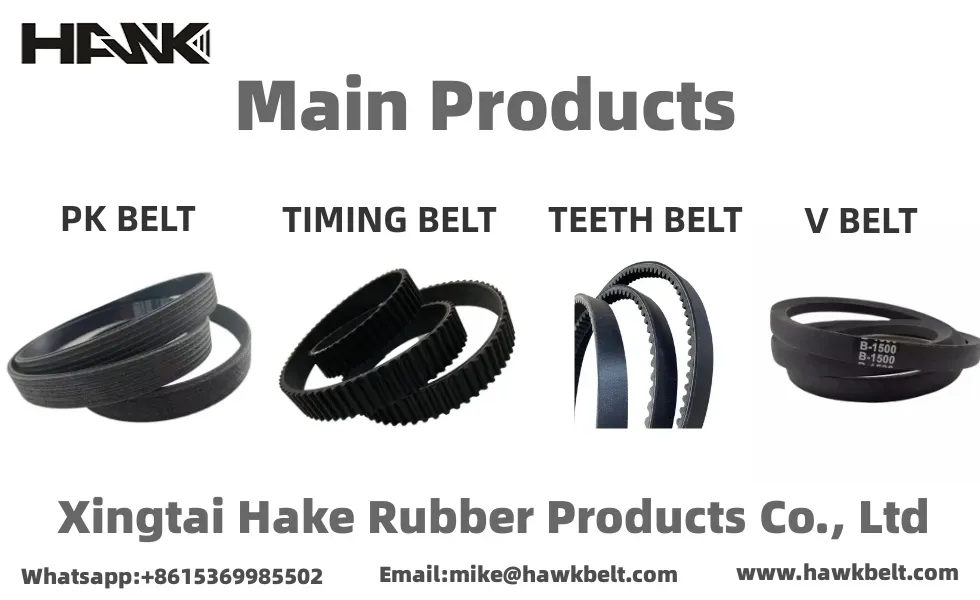- Arabic
- French
- Russian
- Spanish
- Portuguese
- Turkish
- Armenian
- English
- Albanian
- Amharic
- Azerbaijani
- Basque
- Belarusian
- Bengali
- Bosnian
- Bulgarian
- Catalan
- Cebuano
- Corsican
- Croatian
- Czech
- Danish
- Dutch
- Afrikaans
- Esperanto
- Estonian
- Finnish
- Frisian
- Galician
- Georgian
- German
- Greek
- Gujarati
- Haitian Creole
- hausa
- hawaiian
- Hebrew
- Hindi
- Miao
- Hungarian
- Icelandic
- igbo
- Indonesian
- irish
- Italian
- Japanese
- Javanese
- Kannada
- kazakh
- Khmer
- Rwandese
- Korean
- Kurdish
- Kyrgyz
- Lao
- Latin
- Latvian
- Lithuanian
- Luxembourgish
- Macedonian
- Malgashi
- Malay
- Malayalam
- Maltese
- Maori
- Marathi
- Mongolian
- Myanmar
- Nepali
- Norwegian
- Norwegian
- Occitan
- Pashto
- Persian
- Polish
- Punjabi
- Romanian
- Samoan
- Scottish Gaelic
- Serbian
- Sesotho
- Shona
- Sindhi
- Sinhala
- Slovak
- Slovenian
- Somali
- Sundanese
- Swahili
- Swedish
- Tagalog
- Tajik
- Tamil
- Tatar
- Telugu
- Thai
- Turkmen
- Ukrainian
- Urdu
- Uighur
- Uzbek
- Vietnamese
- Welsh
- Bantu
- Yiddish
- Yoruba
- Zulu
Sep . 13, 2024 08:26 Back to list
oem serpentine belt
Understanding the Importance of OEM Serpentine Belts
When it comes to maintaining your vehicle, one key component that often goes overlooked is the serpentine belt. This critical part connects various accessories in your car's engine, such as the alternator, power steering pump, water pump, and air conditioning compressor. To ensure optimal performance and longevity of your engine, using an OEM (Original Equipment Manufacturer) serpentine belt is essential.
What is an OEM Serpentine Belt?
OEM serpentine belts are manufactured by the same company that produced the original part used in your vehicle. These belts are designed to meet the exact specifications and standards of the manufacturer, ensuring a perfect fit and optimal performance. Unlike aftermarket belts, which may vary in quality and compatibility, OEM parts offer a level of reliability that is crucial in automotive applications.
The Benefits of Choosing OEM
1. Quality Assurance OEM serpentine belts are made from high-quality materials that have been rigorously tested for durability and performance. This means they are less likely to wear out prematurely, saving you money on replacements.
2. Perfect Fit Since OEM belts are designed specifically for your vehicle model, they guarantee a precise fit. This is crucial for maintaining the correct tension and alignment, which can enhance the efficiency of your engine’s accessories.
3. Performance Reliability Utilizing OEM parts ensures that your vehicle operates at its best. Aftermarket belts might not perform as efficiently, potentially leading to power loss in accessories or even engine damage if they fail.
oem serpentine belt

4. Warranty Coverage Many manufacturers provide warranties for OEM parts. This offers peace of mind, knowing that if your serpentine belt fails due to manufacturing defects, you will be covered.
Signs Your Serpentine Belt Needs Replacement
Regular inspection of your serpentine belt is vital for preventing unexpected breakdowns. Here are some warning signs that it may be time to replace your belt
- Squealing Noises If you hear a squealing sound when starting your vehicle or during operation, it may indicate that the serpentine belt is worn or loose.
- Cracks or Fraying Inspect the belt for visible signs of damage such as cracks, fraying, or glazing. These can lead to belt failure, jeopardizing the functioning of engine accessories.
- Accessories Malfunctioning If you notice issues such as dimming headlights, difficulty steering, or a malfunctioning air conditioning system, your serpentine belt may be the culprit.
Conclusion
The serpentine belt plays a vital role in the overall functioning of your vehicle. Opting for an OEM serpentine belt can provide you with the assurance of quality, reliability, and performance that is critical for your engine's longevity. Regular maintenance and timely replacement of worn belts not only enhance the efficiency of your vehicle but also contribute to a safer driving experience. Always consult with a professional mechanic to ensure you're opting for the best parts for your automobile, and remember that a well-maintained serpentine belt is key to keeping your vehicle running smoothly.
-
Korean Auto Parts Timing Belt 24312-37500 For Hyundai/Kia
NewsMar.07,2025
-
7PK2300 90916-T2024 RIBBED BELT POLY V BELT PK BELT
NewsMar.07,2025
-
Chinese Auto Belt Factory 310-2M-22 For BMW/Mercedes-Benz
NewsMar.07,2025
-
Chinese Auto Belt Factory 310-2M-22 For BMW/Mercedes-Benz
NewsMar.07,2025
-
90916-02660 PK Belt 6PK1680 For Toyota
NewsMar.07,2025
-
drive belt serpentine belt
NewsMar.07,2025

